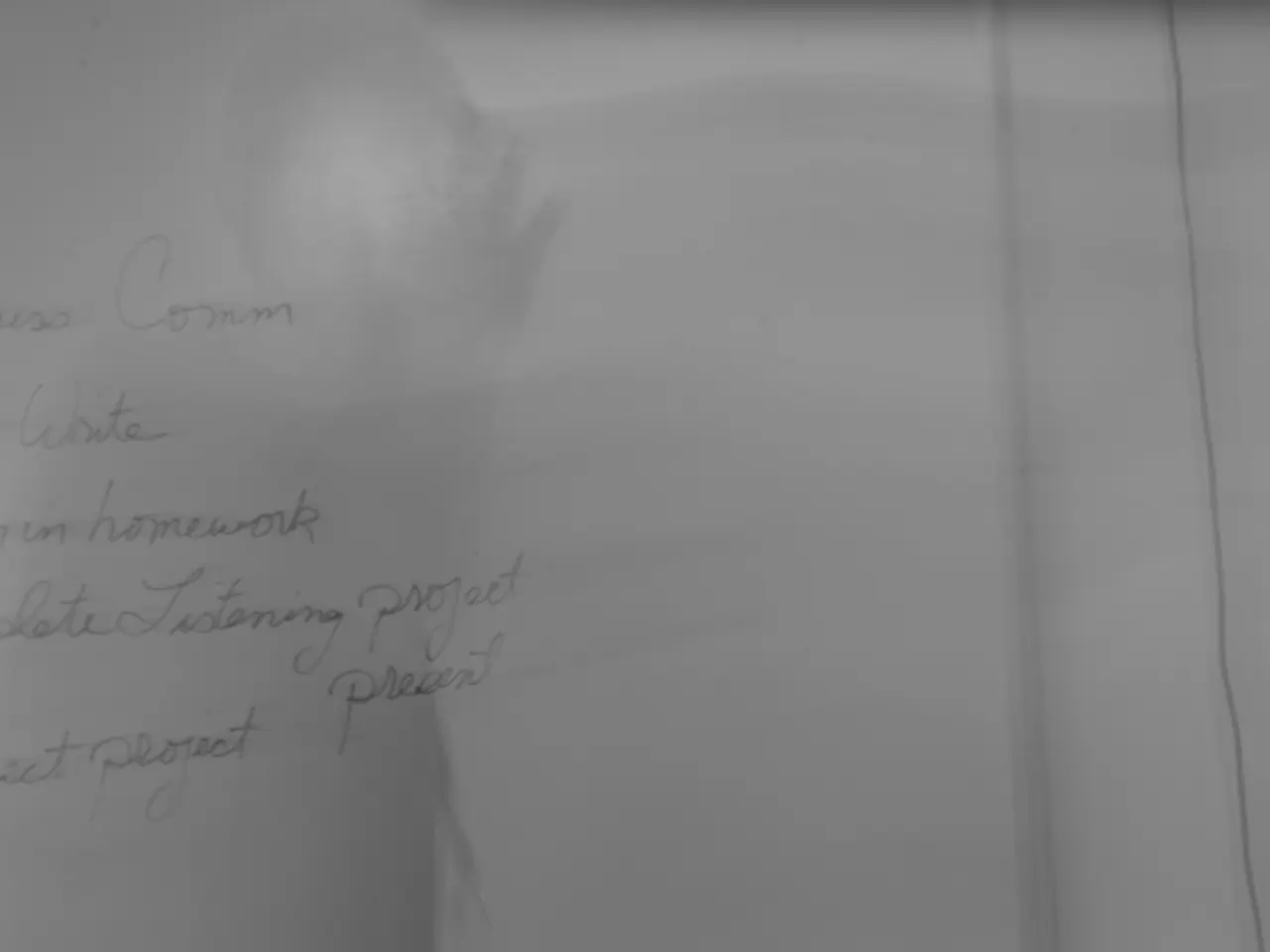The Ineffectiveness of Remote Work as a Solution for Toxic Office Environments
In the early days of the pandemic, many believed remote work would solve all work-related stresses. However, we soon realized that the shift to remote work did little to address toxic work cultures [1]. One of my clients learned this lesson firsthand when they assembled a group of senior leaders just before lockdowns began. Despite their impressive credentials, the team quickly found they couldn't trust each other, leading to friction that stifled productivity [2].
As virtual communication became more common, it became clear that remote work wasn't a panacea for toxic workplaces. Instead, it often exposed problems that were already present before the shift to virtual work [2]. Experts identified several signs of a toxic remote work culture, including high turnover, lack of trust, workplace drama, ineffective performance management, and a blurring of work-life boundaries [1][2][4].
To combat these issues, experts recommend setting clear behavioral expectations, fostering open communication and trust, promoting team-building, implementing effective performance management, recognizing and rewarding contributions, managing toxic individuals carefully, providing training and support, and monitoring and adjusting policies [1][2][4].
Here are some specific steps organizations can take to improve their remote work culture:
- Recognize Signs of Toxicity: Frequent employee turnover or complaints, a lack of trust and transparency, and workplace drama are all red flags for a toxic remote work environment. Use surveys, one-on-one meetings, or anonymous feedback tools to identify concerns [1].
- Set Clear Expectations and Policies: Develop and communicate rules for respectful behavior, anti-harassment, and conflict resolution. Enforce these policies consistently with a zero-tolerance stance [2][4].
- Foster Open Communication and Trust: Encourage transparency through regular team meetings, individual check-ins, and anonymous feedback tools. Promote peer recognition and bystander intervention [1][2].
- Promote Team-Building and Social Interaction: Organize virtual social events, such as coffee chats or collaborative projects, to help employees connect and build camaraderie.
- Implement Effective Performance Management: Provide clear goals, regular reviews, and constructive feedback to help employees develop and stay motivated [1].
- Recognize and Reward Contributions: Use rewards programs, peer appreciation, and personalized gestures to make employees feel valued [2].
- Manage Toxic Individuals Carefully: Address toxic behaviors privately and with evidence. Assign tasks that allow toxic employees to contribute independently while minimizing disruption. Avoid public confrontation or immediate termination without proper documentation [5].
- Provide Training and Support: Conduct ongoing training on diversity, inclusion, and anti-harassment. Equip managers with skills to lead inclusively and resolve conflicts constructively [4].
- Monitor and Adjust: Regularly assess the culture and intervene early when issues arise. Be proactive in revisiting policies and practices to maintain a healthy remote work environment [4].
By following these steps, remote teams can counteract toxic work cultures, build trust and engagement, and create supportive environments that enhance productivity and well-being.
[1] Shaw, R. (2020). The Hidden Toll of Working From Home. Retrieved from https://hbr.org/2020/04/the-hidden-toll-of-working-from-home
[2] McHugh, A. (2020). How to Manage a Remote Team. Retrieved from https://web.stanford.edu/group/ces/world_barrel/install/Web/Guides/RemoteWork/
[3] Drobnic, S. (2020). How to address toxicity in your remote team. Retrieved from https://hbr.org/2020/04/how-to-manage-toxicity-in-your-remote-team
[4] Taylor, J. (2020). How to build a healthy remote work culture. Retrieved from https://www.hcm.com/employee-experience/tomorrow-today/blog/2020/06/11/how-to-build-a-healthy-remote-work-culture
[5] Cioffi, D. (2020). How to fire someone remotely: helpful tips from experts. Retrieved from https://www.marketwatch.com/story/how-to-fire-someone-remotely-helpful-tips-from-experts-2020-03-19
- To combat toxicity in remote work cultures, leaders should set clear expectations and policies, foster open communication, and manage toxic individuals carefully, as these steps can help counteract workplace drama and promote trust and engagement.
- Effective performance management, team-building, and recognizing contributions are crucial in maintaining a healthy remote work culture, as they can lead to increased productivity, camaraderie, and well-being among remote team members.






